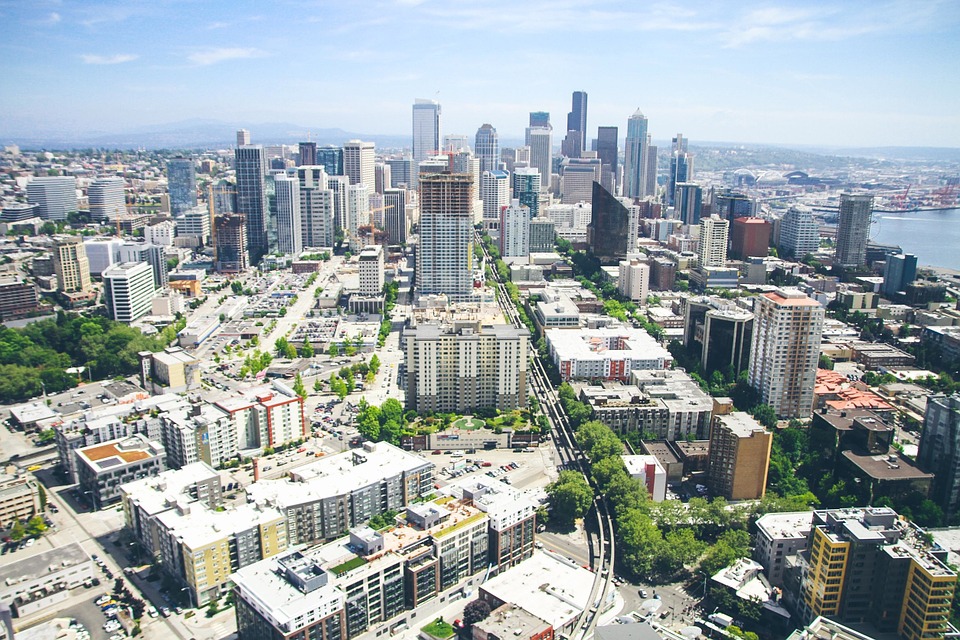
"We shape our buildings and afterwards our building shape us," mused Winston Churchill in 1943 while considering the repair of the bomb-ravaged House of common.
More than 70 year on, he would doutless be pleased to learn that neuoscientists and psychologists have found plenty of evidence to back him up.
We now know, for example, that buildings and cities can affect our mood and well-being, and that specialised cells in the hippocampal region of our brains are attuned to the geometry and arrangement of the spaces we inhabit.
Yet urban architect have offten paid scant attention to the potential cognitive effects of thier creation on a city's inhabitants. The imperative to design something unique and individual tend to override consideration of how it might shape the behaviours of those who will live with it.That could be about to change.
"There are some really good [evidence -based] guidelines out there " on how to design user friendly buildings, say Ruth Dalton, who studies both architecture and cognitive science at Northumbria University in Newcastle. "A lot of architect choose to ignore them.Why is that?"
Last month, the conscious Cities Conference in London considered how cognitive scientists might make thier discoveries more accessible to architects. The conference brought together architects, designers, engineers, neuroscientists and psychologists, all of whom increasingly cross paths at an academic level, but still rarely in practice.
One of the conference speakers, Alison Brooks, an architect who specialises in housing and social design, told BBC Future that psychology-based insights could change how cities are built. "If science could help the design profession justify the value of good design and craftsmanship, it would be a very powerful tool and quite possibly transform the quality of the built environment ",she say.
Greater interaction across the discipline would, for example, reduce the chances of repeating such architectural horror stories as the 1950s Pruitt-Igoe housing complex in St Louis, Missouri, whose 33 featureless apartment blocks-- designed by Minoru Yamasaki, also responsible for the world Trade Center--quickly became notorious for thier crime, squalour and social dysfunction.Critics argued that the wide open spaces between the the block of modernist high-rises discourage a sense of community, particularly as crime rates started to rise.They were eventually demolished in 1972.
Pruitt-Igoe was not an outlier.The lack of behavioural insight behind to modernit housing project of that era,with thier sense of isolation from the wider community and ill-conceived public spaces, made many of them of them feel,in the words of British grime artist Tinie Tempah, who grew up in one, as if they'd been "designed for you not succeed ".
Writing continue -----------------------------------
Thank for reading.
[Original content ]